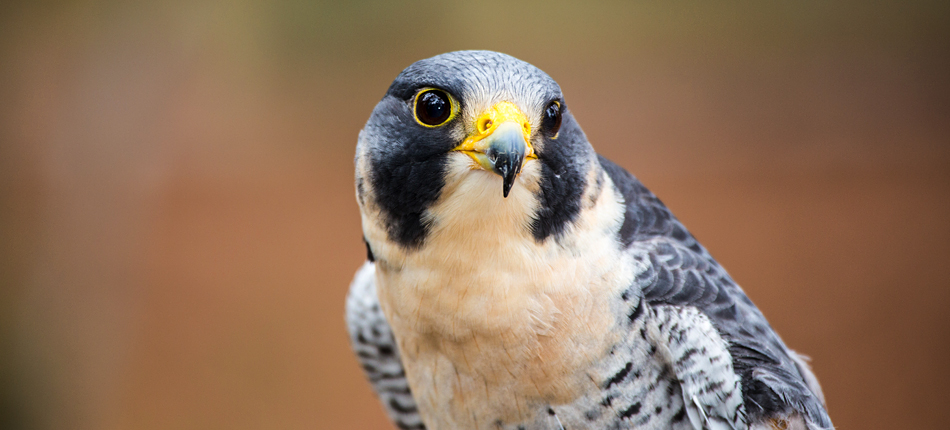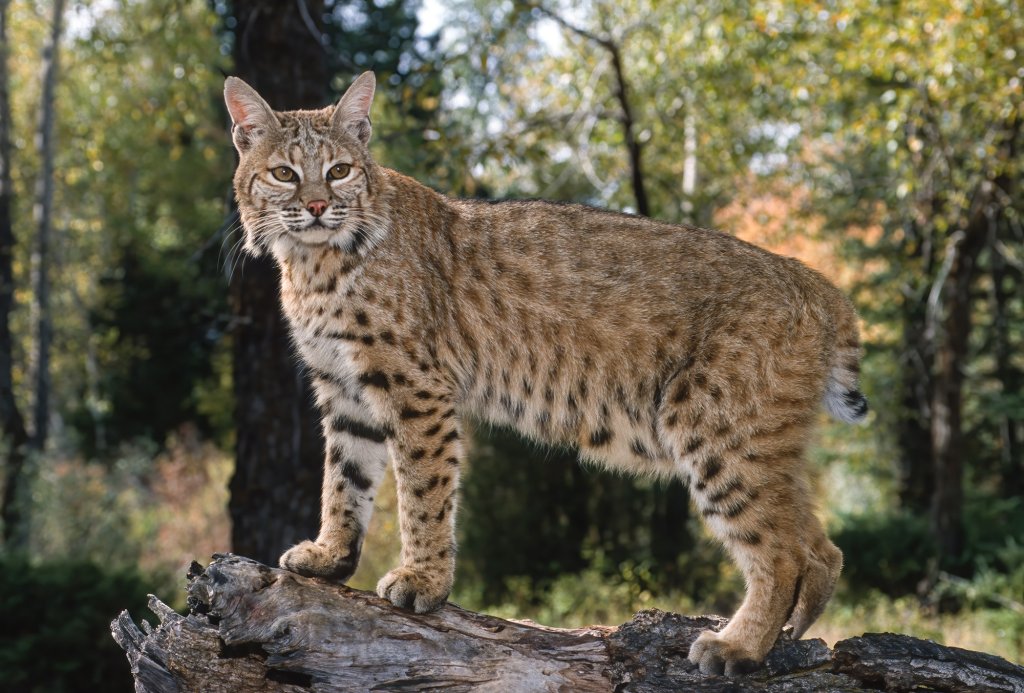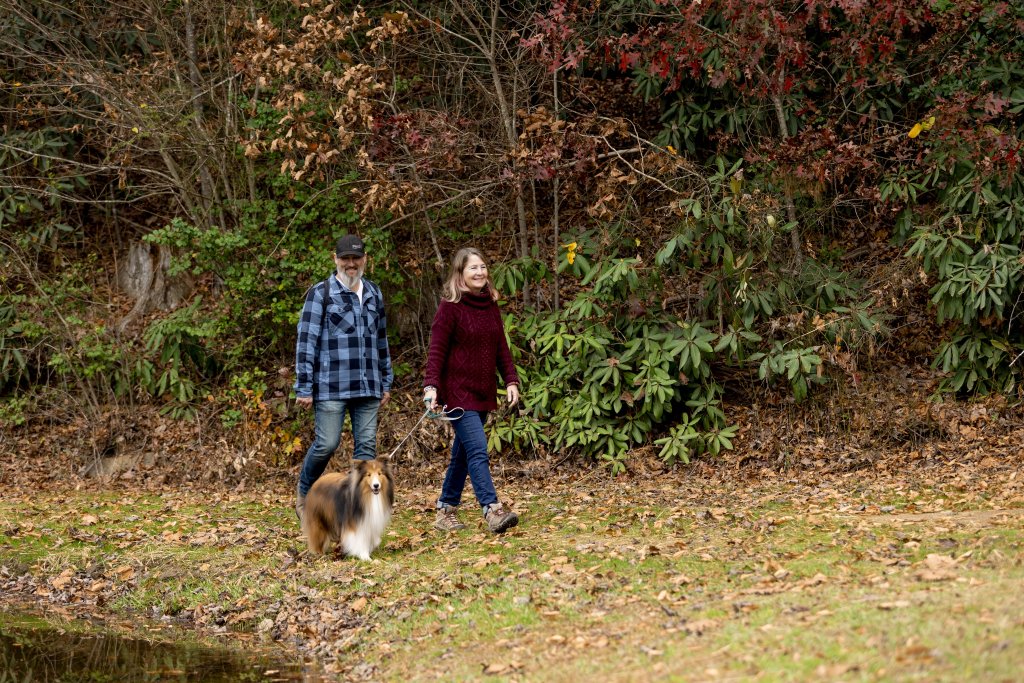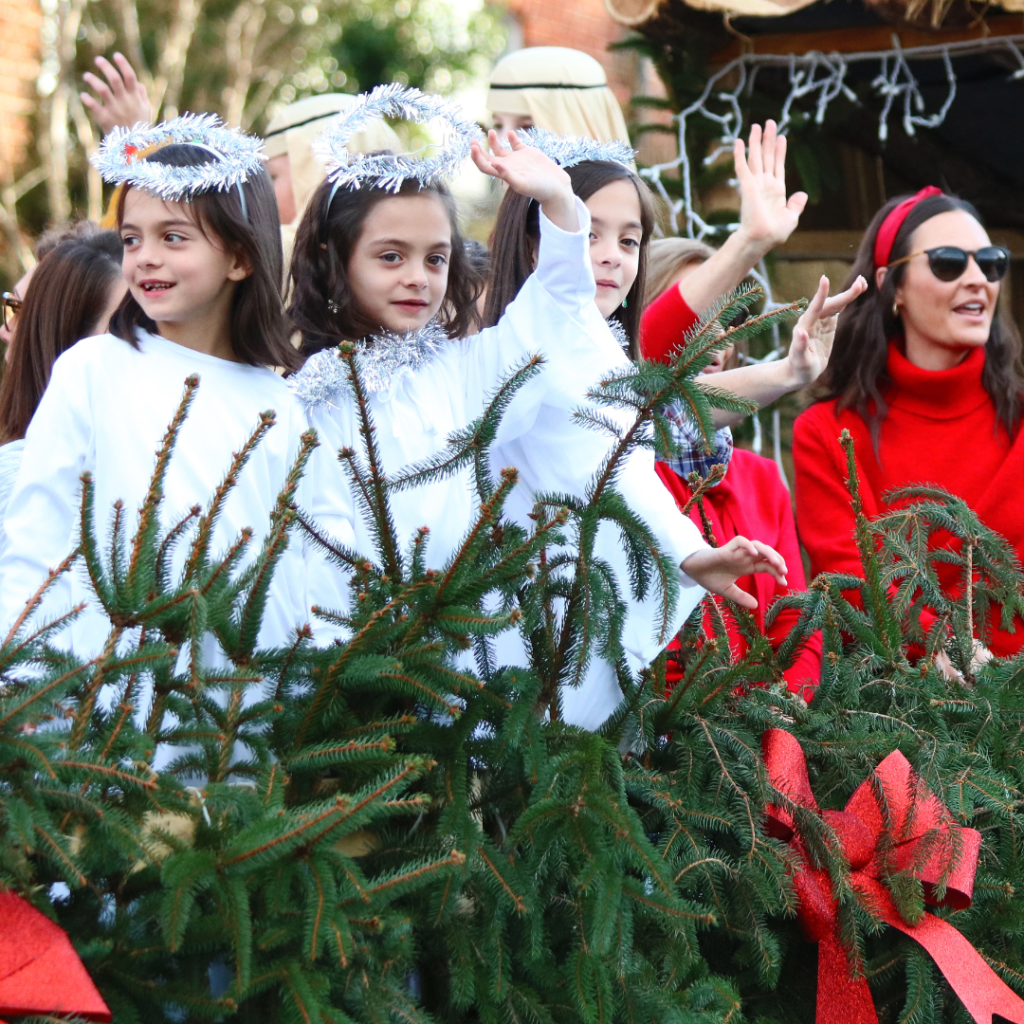Birding & Birdwatching in Western North Carolina
Transylvania County is home to over 270 different species of birds. Out of the 100 counties that make up the state of North Carolina, Transylvania ranks 19th in bird species recorded, with over 60 species making their home here all year round.
Why so many birds?
The range in terrain and climate allows for diverse populations. The terrain and layout of the Appalachian Mountains of Western North Carolina create varied micro-climates. Backyards can range from approximately 2,000 – 6,000 feet above sea level with other significant features including streams, deciduous and coniferous forests, and high mountain meadows. There are numerous places to bird around the county.
Birding Resources
eBird
eBird is a great resource to get an idea of what birds have been seen around the county. It is a free online program that allows birders to track their sightings while other birders watch and search in real-time. So, before you come for a visit, check out eBird to see what birds have been spotted.
NC Birding Trail
The North Carolina Birding Trail’s guide for Western North Carolina includes 100+ sites west of interstate 77 approved for the mountain region. The guide is more than just a map and serves to link great bird-watching sites and birders with communities, businesses, and other historic and educational attractions. The NC Birding Trail is a partnership project to establish a driving trail linking great birding sites across the state.
Best Places for Birding Near Brevard
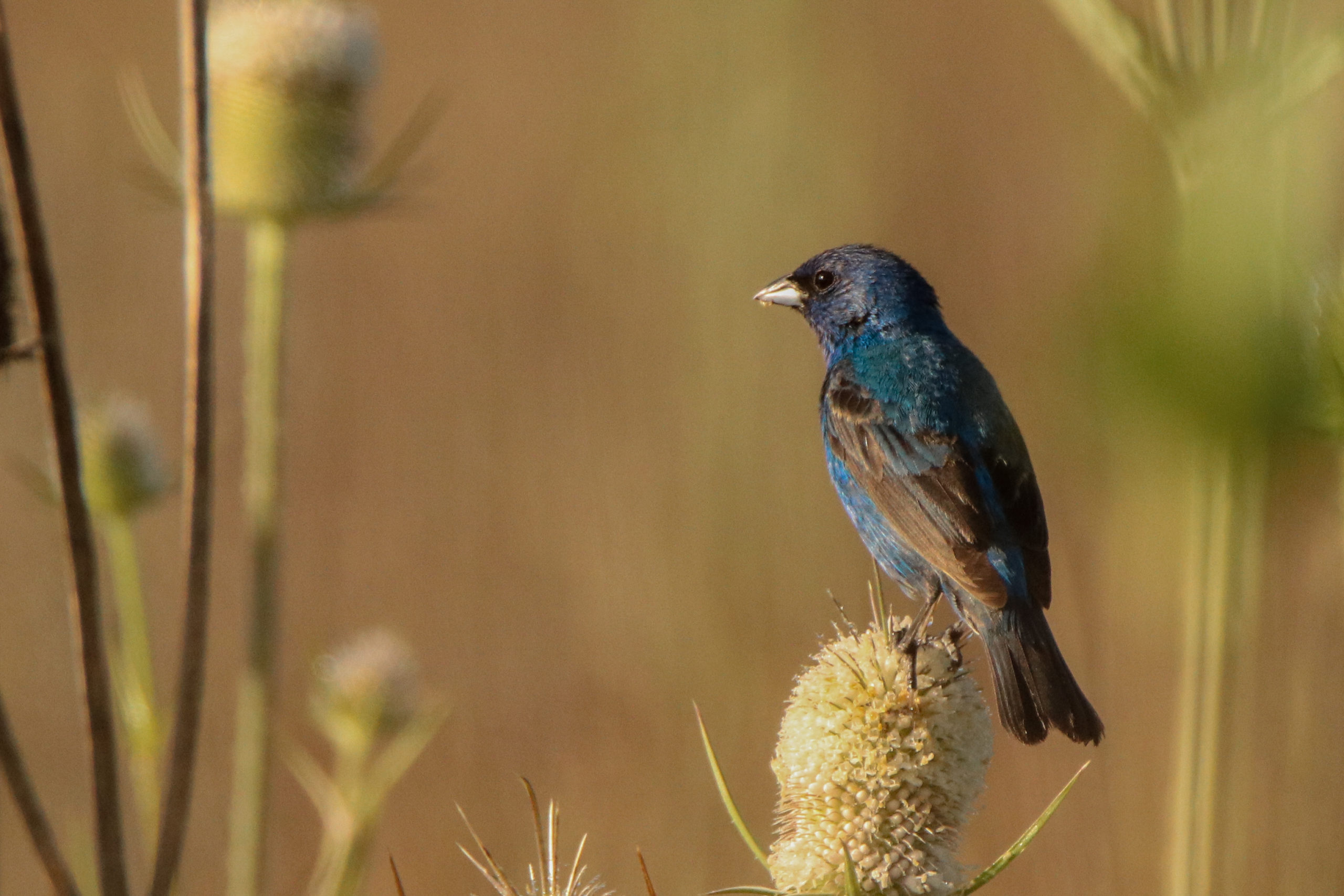
Hospital Fields
This top birding hot spot sits along the Brevard Hike and Bike path and can be birded all year round. It is a migrant trap in the spring and fall, good for wintering sparrows, and a pleasant walk in the summer with a few breeding warblers, vireos, and other local breeders. Over 180 species of birds have been recorded here, including rarities such as Connecticut Warbler, Olive-sided Flycatcher, and LeConte’s Sparrow. The area consists of county-owned fields and scrub between Transylvania Community Hospital and Pisgah Forest Elementary School and has several intersecting paths of varying lengths. This provides for easy walking and is wheelchair accessible. The site is part of the NC Birding Trail.
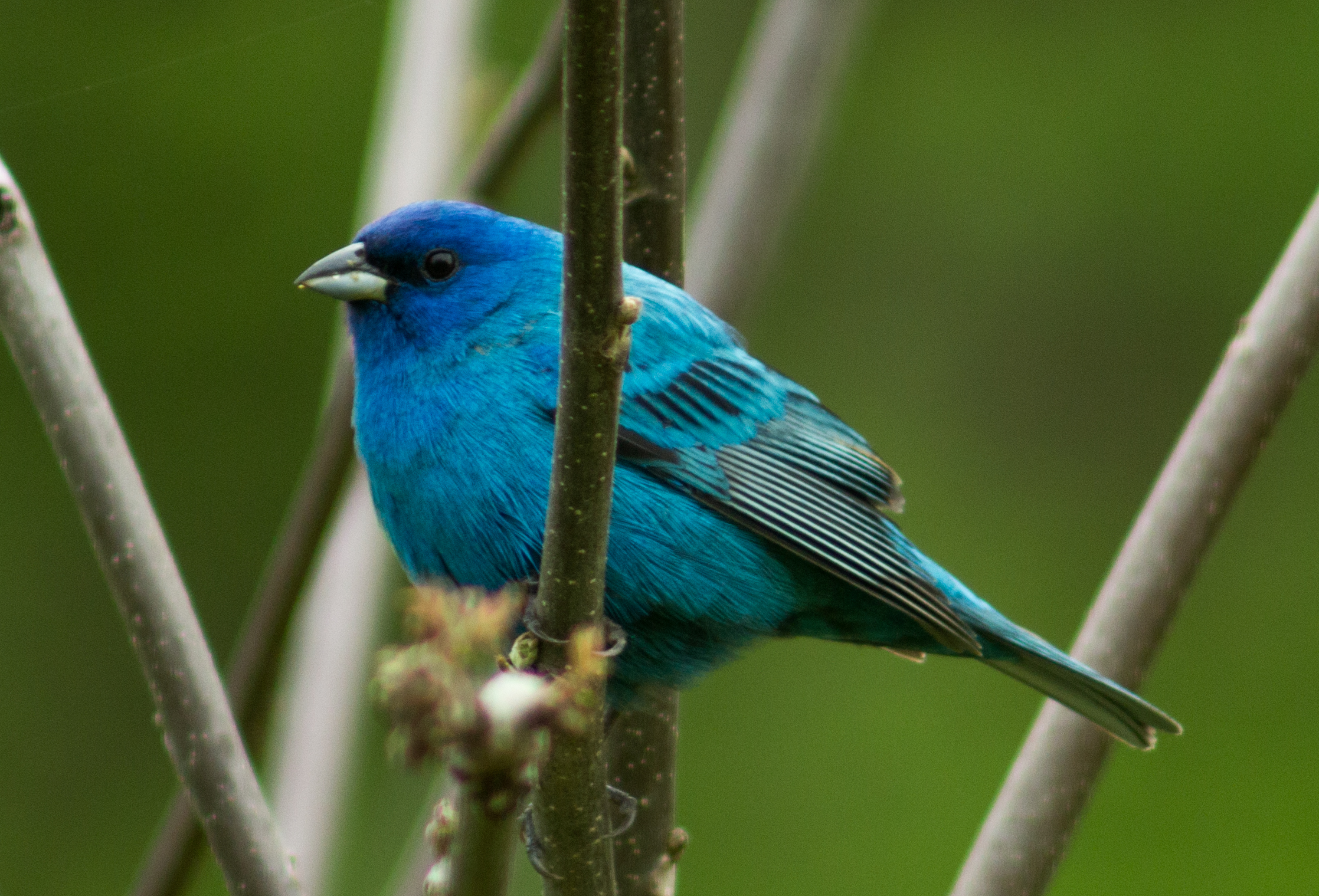
Gorges State Park
Gorges State Park is located along the Blue Ridge Escarpment, where the Blue Ridge Mountains fall away from the hills of the Piedmont. In the upper reaches of the escarpment, mountain streams gradually descend, but near the state line, the water plunges over waterfalls and rushes through steep-walled gorges. The eastern end of the park, accessed from Frozen Creek Road, provides nice birding opportunities along the Auger Hole Trail and the Canebrake Trail. Here, the lush forests of the gorges provide abundant habitat for the largest North Carolina mountain population of Swainson’s Warbler. The extensive Forest also provides excellent habitat for much other breeding and migrating songbirds.

Devil’s Courthouse
Peregrine Falcon nest on the rock face at Devil’s Courthouse. The best viewing is from the parking area at Milepost 422.4. Northern Saw-whet Owl can reliably be found from Milepost 420 to Milepost 435. The stretch of the Parkway from Silvermine Bald at Milepost 421 to Mt. Hardy at Milepost 425 includes about 1,200 acres of spruce-fir forest. Traveling this section of the Parkway provides opportunities to see Brown Creepers, Magnolia Warblers (during fall migration), Golden-crowned Kinglets, Red Crossbill, Red-breasted Nuthatch, and Hermit Thrush. Visitors may chance upon an occasional Alder Flycatcher, especially in the area of the View Mt. Hardy Overlook. Black-throated Green, Black-throated Blue, and Canada Warblers, Veery, and Winter Wren are breeding species in this area. It’s a great spot to go at dusk in spring and listen to Veery and Winter Wrens singing while waiting for a Northern Saw-whet Owl to start calling.
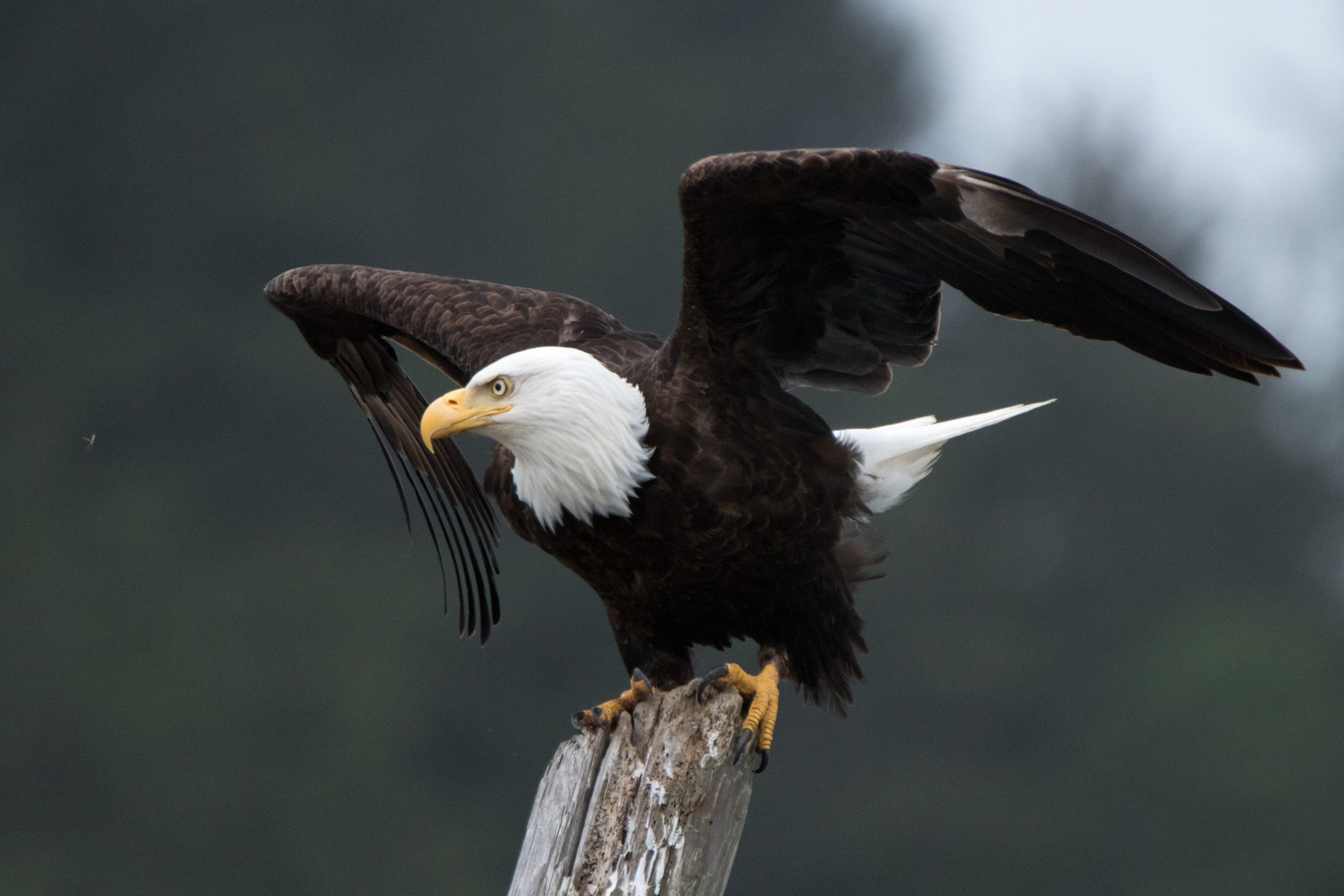
Ecusta Pond
Close to 170 different species of birds have been recorded at Ecusta Pond. The Pond is the only known nesting sight of Great Blue Herons in the county. In the fall, the pond is a staging area for swallows. Some mornings, you can find tens of thousands of swallows swarming over the pond. Through late winter and spring, the great blue herons begin congregating to numbers upward of 100. In fact, as many as 116 have been seen at the pond at one time. It’s one of the best places around to see an abundance of shorebirds and waterfowl. Bald Eagles have nested at the pond for the past few years. Please note, Ecusta Pond sits on private property, and access is prohibited. There is currently limited access to view the pond from the surrounding areas. However, we have proposed a viewing platform be included as part of the Ecusta Trail initiative, which is the proposed 19-mile rail trail between the cities of Hendersonville and Brevard. https://www.ecustatrail.org/
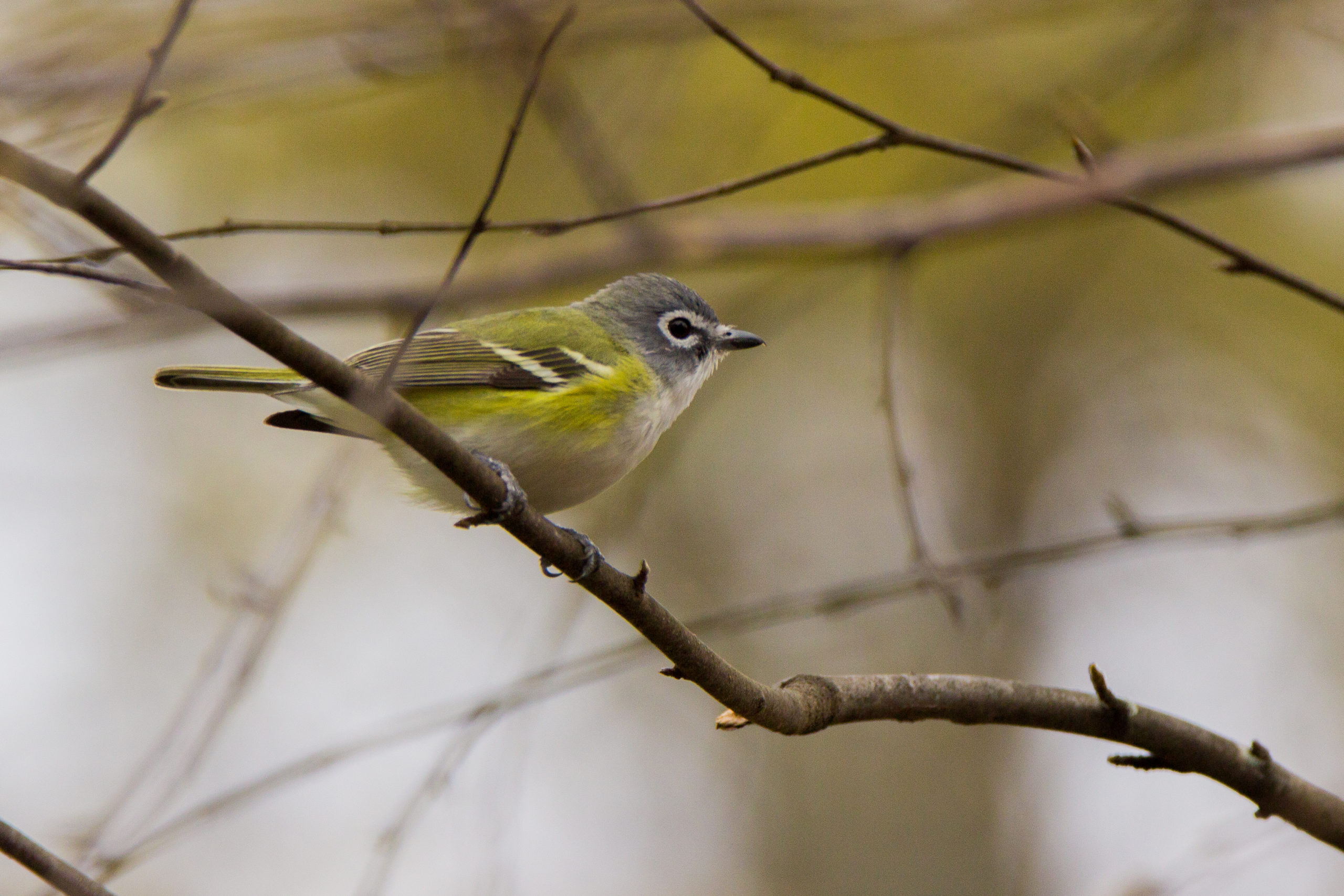
Davidson River
This very beautiful and easily accessible section of the Pisgah National Forest is crisscrossed by numerous trails and roads, all of which can provide excellent birding from mid-April through mid-October. A wide variety of migratory bird species nest in the area. Louisiana Waterthrush is common along the Davidson River and its tributaries, as are a variety of warblers, vireos, and thrushes in spring. There are numerous pull-off areas along US 276, but for quieter, low-traffic birding, follow some of the gravel side roads such as FR 475B (Headwaters Road).
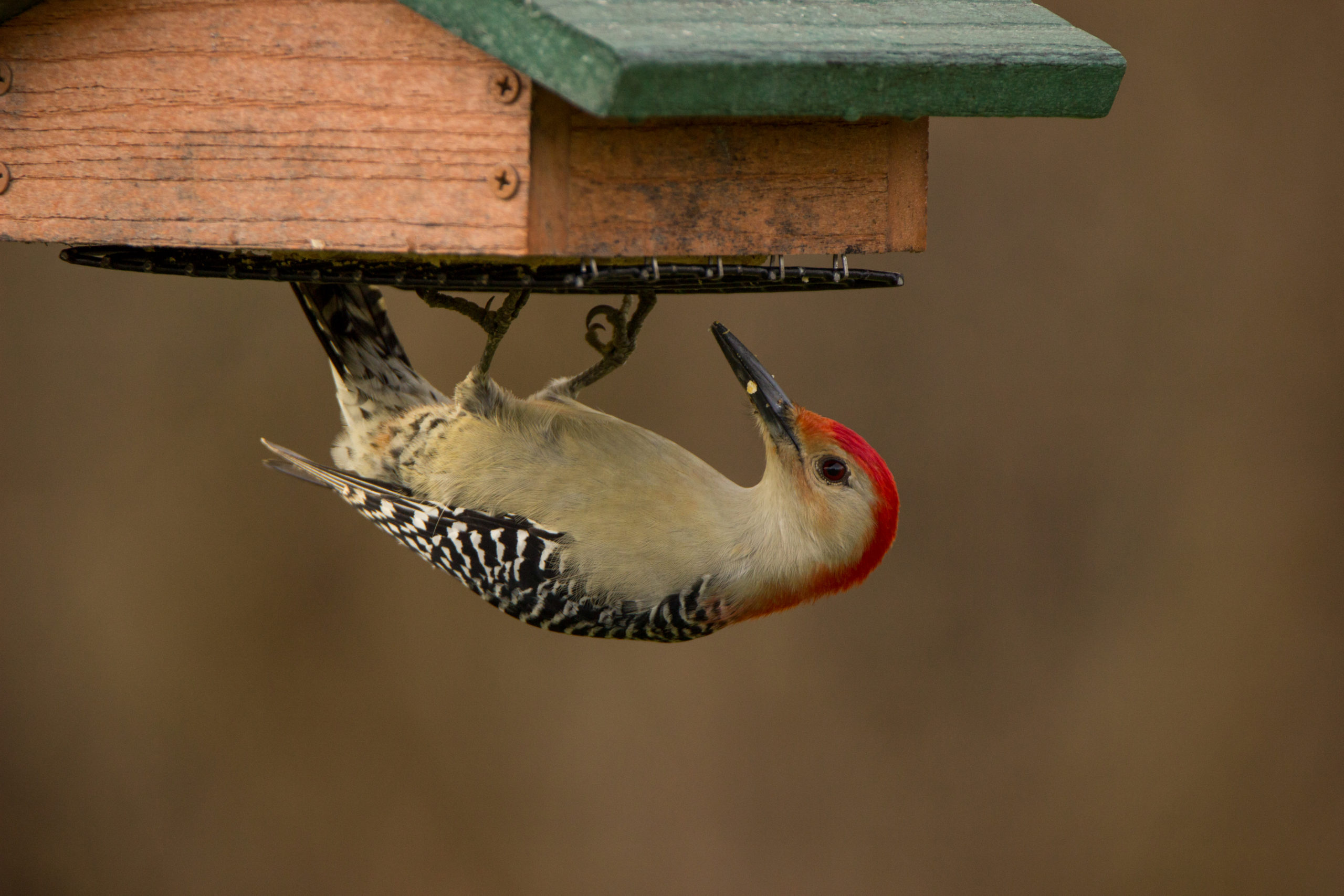
Pink Beds
Pink Beds Loop Trail forms a ‘figure-eight’ with the Mountains-to-Sea Trail Alternate Route, which runs across the center. The figure-eight may be hiked in either direction. The best birding, for targets such as Appalachian Yellow-bellied Sapsuckers and Brown Creepers, is right at the bridge over the South Fork Mills River. Abundant snags are used here by a variety of woodpeckers, Great Crested Flycatchers, and other cavity nesters. Another good spot is along the northeast section of the trail.
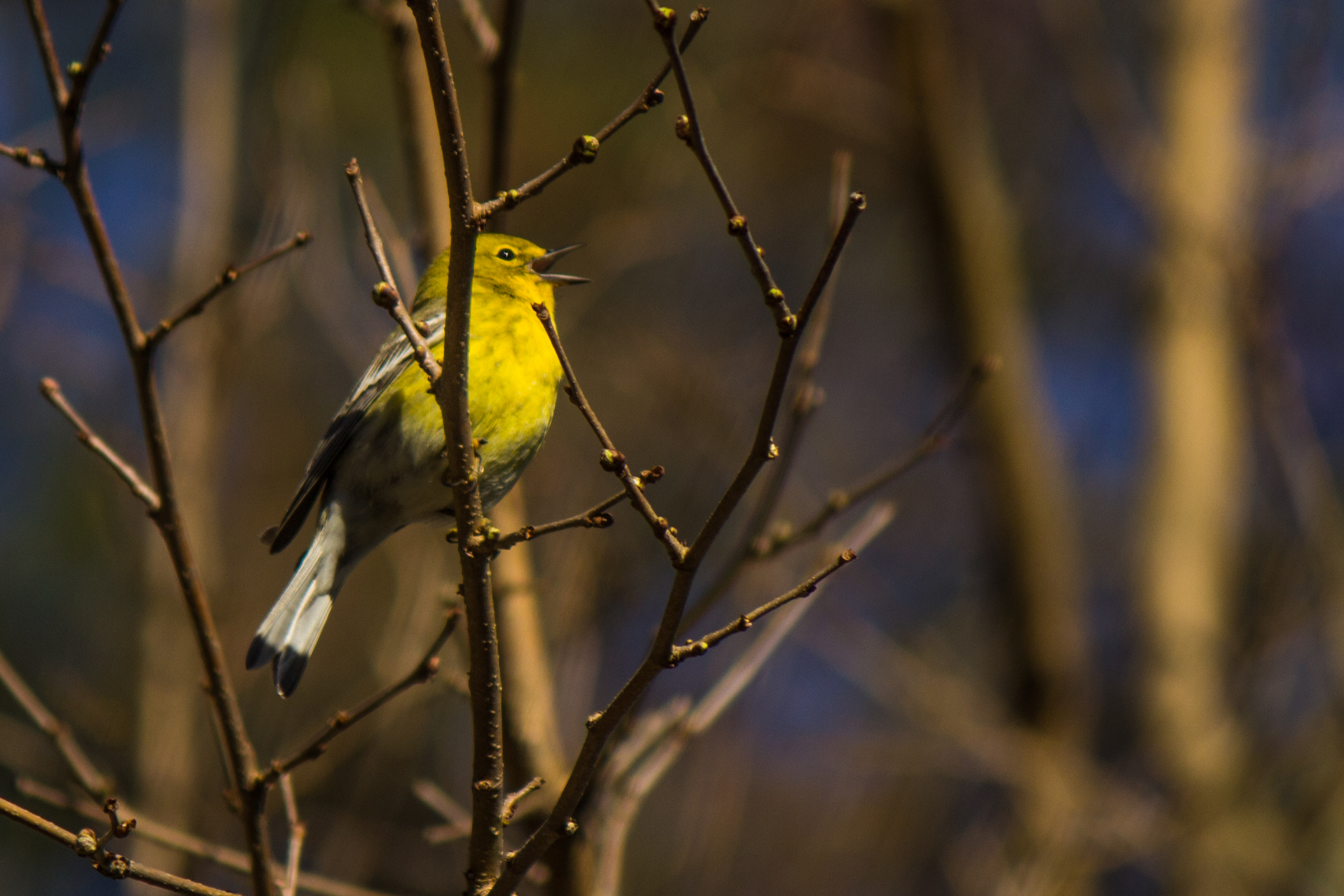
DuPont State Forest
DuPont State Recreational Forest contains 10,600 acres between Hendersonville and Brevard. Elevations range from 2,240 feet at Cascade Lake to 3,620 feet at the peak of Stone Mountain. The Little River runs through the forest, with four major waterfalls along its course. The forest also contains five lakes. The largest is the 99-acre Lake Julia. Birds commonly sighted year-round include Eastern Bluebird, Carolina Chickadee, American Goldfinch, Red-tailed Hawk, White-breasted Nuthatch, Tufted Titmouse, Eastern Towhee, Wild Turkey, and Downy and Pileated Woodpeckers. In spring or summer, also be on the lookout for Indigo Bunting, Bald Eagle, Ruffed Grouse, Broad-winged Hawk, Great Blue Heron, Belted Kingfisher, Barred Owl, Scarlet Tanager, Black-throated Blue, Hooded, Black-and-white and Pine Warblers, and Whip-poor-will. Bufflehead and Ring-necked Duck are a common sight on Lake Julia during the cold days of winter; Common Loon and Hooded Merganser are also possible. Golden-crowned Kinglet and Red-breasted Nuthatch may occasionally be found in wooded areas from November through March. The forest contains over 80 miles of roads and trails open to birders, but trails must be shared with hikers, mountain bikers, and equestrians.
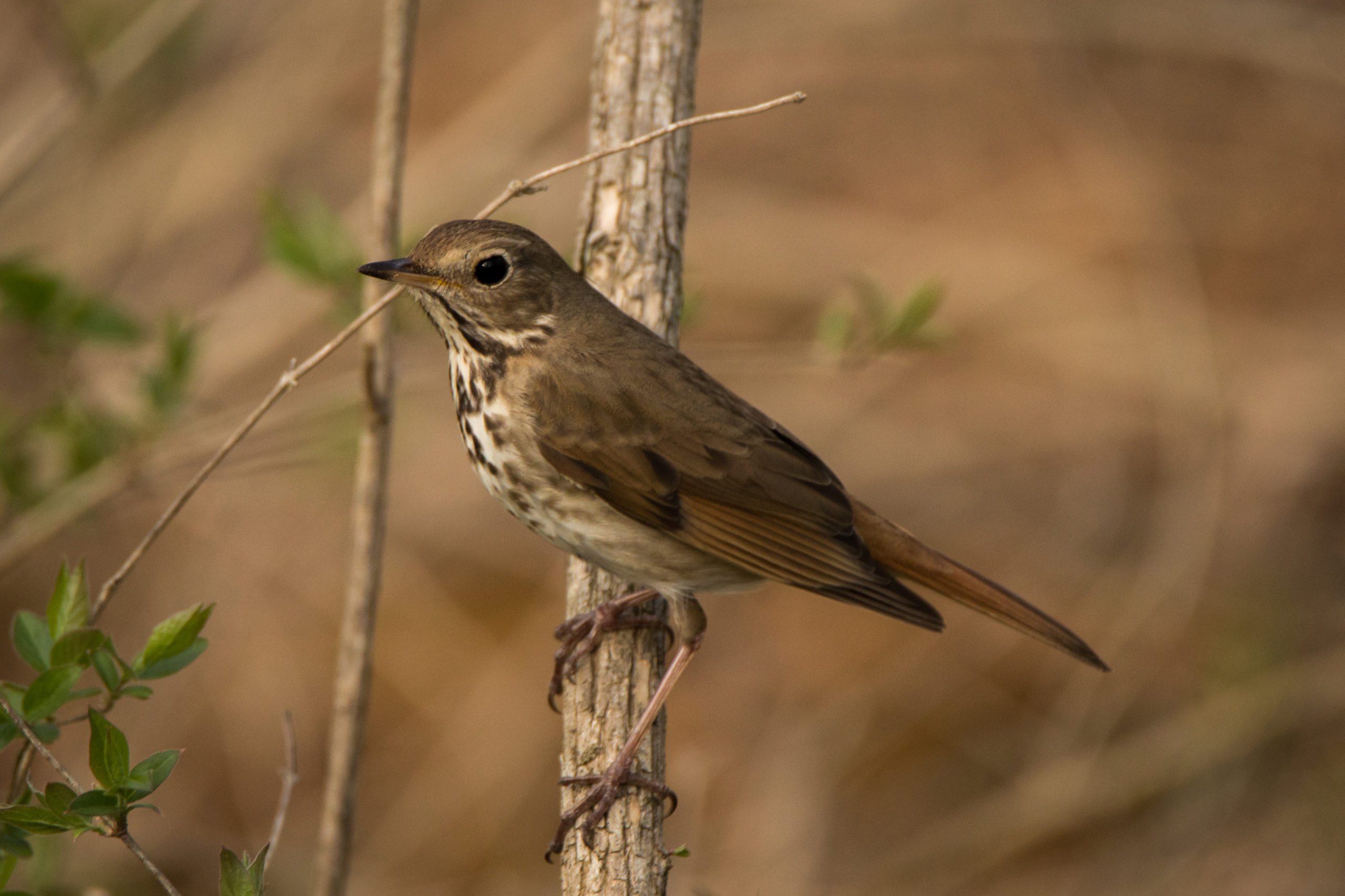
Pisgah Center for Wildlife Education
The Pisgah Center for Wildlife Education, located along the Davidson River within Pisgah National Forest, is surrounded by a variety of habitats that provide great birding opportunities throughout much of the year. From the parking lot, walk through the Bobby N. Setzer Fish Hatchery raceways to the exhibit loop trail. This short trail winds through a backyard wildlife habitat garden and into a mountain cove where a variety of species may be seen, including Black-throated Green Warbler, Wood Thrush, and Cedar Waxwing. Be sure to check out the bird feeders along the trail, where Rose-breasted Grosbeak, Pine Siskin, and Red-breasted Nuthatch often stop to feed. Birders also have the option of hiking through the National Forest along a number of trails that are accessible from the parking lot. Trails vary in length, but even a short hike may reveal a number of species. During spring and early summer, birders may see or hear a variety of migrating warblers and vireos; during winter, numerous woodpeckers, Winter Wren and Brown Creeper may be seen. Stop in the Center for information about the trails and to learn more about the natural history of the region.
A big thanks to Mary Freudenberg with the Transylvania County Bird Club for providing all of the information contained on this page. If you’re interested in joining the club for a walk, click here. Thanks to Kevin Lash for the photography.
Leave It Better Than You Found It
Join us in our commitment to Leave It Better and help actively reduce negative effects on nature and wildlife. Click the button below to learn more about our Leave It Better checklist and find links to volunteer with local organizations so you can help protect our natural lands for the next generation of outdoor lovers.


